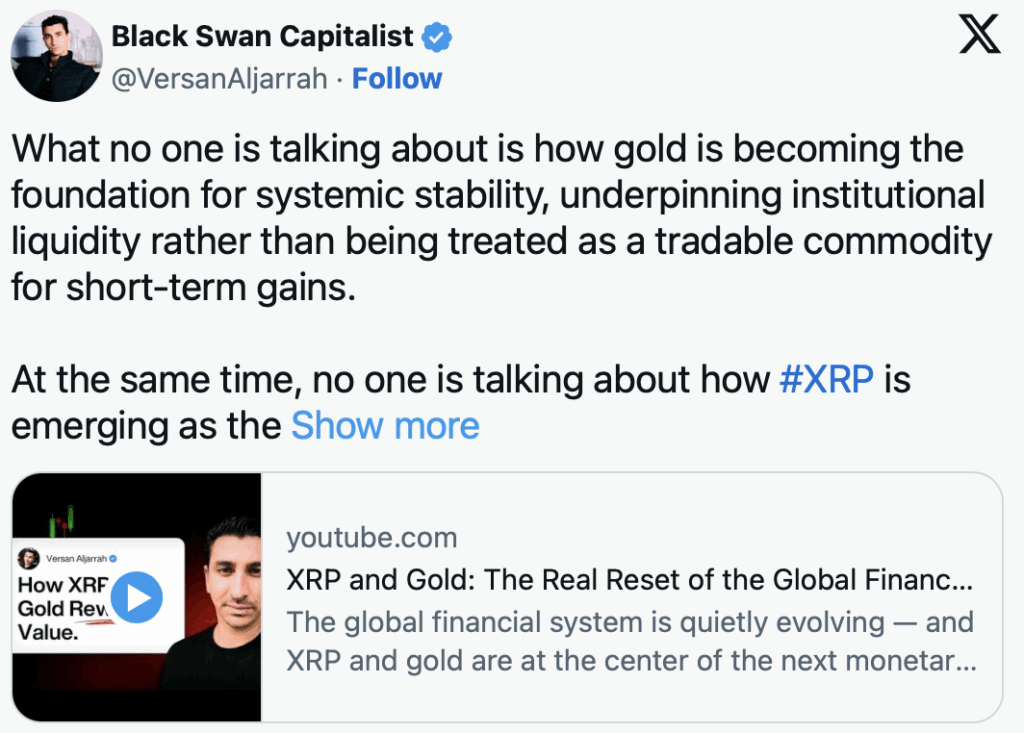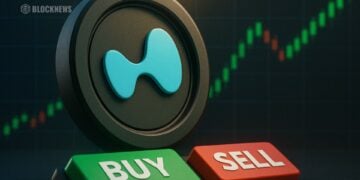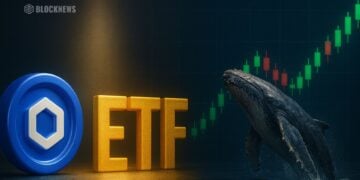- Central banks are massively increasing gold reserves while trimming U.S. dollar exposure.
- XRPL is maturing into a regulated settlement layer with features tailored for institutions.
- The gold-XRP synergy could define a future system where value is anchored in gold but moves at the speed of XRP.
Gold isn’t just sitting quietly in vaults anymore — it’s becoming the backbone of a shifting global reserve system. According to the World Gold Council’s 2025 survey, a staggering 95% of central banks say they plan to increase their gold holdings in the coming year. Meanwhile, almost three-quarters expect to reduce exposure to the U.S. dollar. That’s not a minor trend — it’s a clear move toward stability and self-sovereignty.
What we’re seeing is a slow but decisive pivot. Central banks, sovereign funds, and large institutions are looking for assets that hold their value across crises, ones that aren’t bound to any single currency or political system. Gold fits that bill. But something new is forming in parallel — and that’s where XRP comes in.
XRP’s Role in the New Settlement Era
The XRP Ledger (XRPL) isn’t just another blockchain anymore. It’s evolving into what might become a global settlement backbone for digital assets. With built-in features like credentials, deep-freeze controls, and zero-knowledge proofs on the roadmap, XRPL is clearly being tailored for the kind of regulated workflows that institutions require.
In simple terms, it’s not about replacing existing systems; it’s about upgrading them. XRP enables instant cross-border value movement, while the ledger itself provides transparency, compliance options, and programmability — things that old settlement rails could never do efficiently.

The Bridge Between Gold and XRP
Versan Aljarrah, founder of Black Swan Capitalist, puts it bluntly: “Gold anchors the value. XRP moves it.”
That’s the thesis — and honestly, it makes sense when you step back. Gold acts as the trust layer, the bedrock asset that holds intrinsic value. XRP, on the other hand, is the rail that transfers that value instantly, across borders and in any currency format. Together, they could form a system that’s both sound and agile — a rare combination in today’s financial landscape.
We’re already seeing hints of this alignment. Central banks keep accumulating gold as Ripple builds out XRPL’s institutional stack. Ripple’s RLUSD stablecoin, launched earlier this year, ties into tokenized funds for real-time liquidity. Meanwhile, XRPL has quietly climbed into the top ten ledgers for stablecoin and real-world asset (RWA) transactions.
Why This Actually Matters
If you stitch all these threads together, a picture starts to form. Institutions could one day hold gold-backed reserves, tokenize those reserves on XRPL, and use XRP to settle value globally — all within minutes, not days.
Gold secures the collateral layer. RLUSD and tokenized assets handle liquidity. XRP does the settlement.
That’s a new kind of architecture — one that’s quietly taking shape behind the scenes of traditional finance.
Of course, there are still obstacles. Regulation remains murky in many regions. XRPL’s next-gen features, like confidential multi-purpose tokens, still need to roll out smoothly. And macro uncertainty — from currency de-pegging to liquidity shocks — could still slow adoption.
But the infrastructure is being built right now, piece by piece.
The Bigger Picture
What’s emerging isn’t hype — it’s an evolution. Gold gives the system intrinsic weight; XRP gives it motion. Together, they outline a hybrid model of finance that merges old-world stability with digital speed.
For those watching closely, the pattern is obvious: this isn’t just about two assets, it’s about a new monetary foundation quietly being assembled in real-time — one transaction, one ledger update, one central bank decision at a time.














